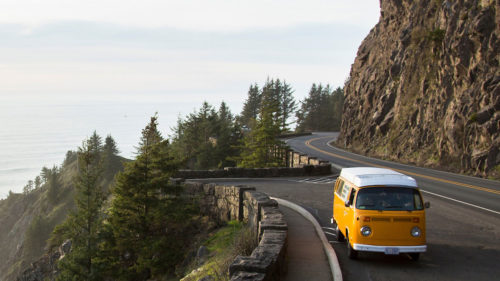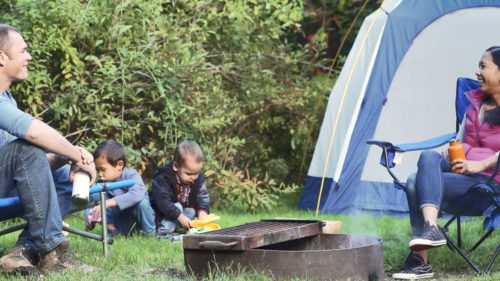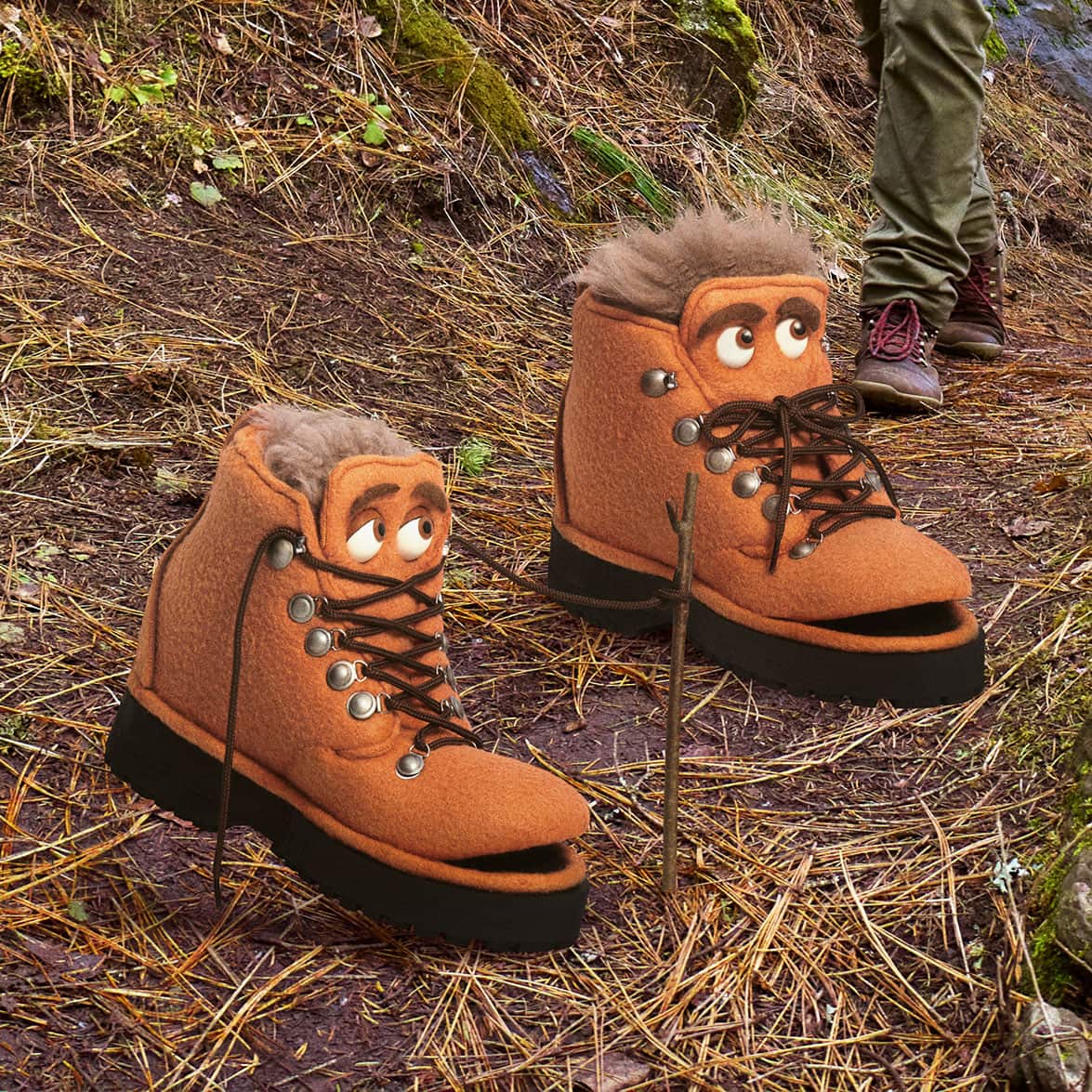Ahh — long nights of stargazing, snack foods and wanderlust explorations. Camping is a rite of passage in Oregon, no matter if it’s your first time or 50th. Even for the most seasoned outdoors enthusiast, there are a few camping insider tips that can help you channel your inner Smokey Bear so your next camping trip is more “Planet Earth,” less “National Lampoon’s Vacation.” Here’s what to consider when planning your next Oregon camping adventure.
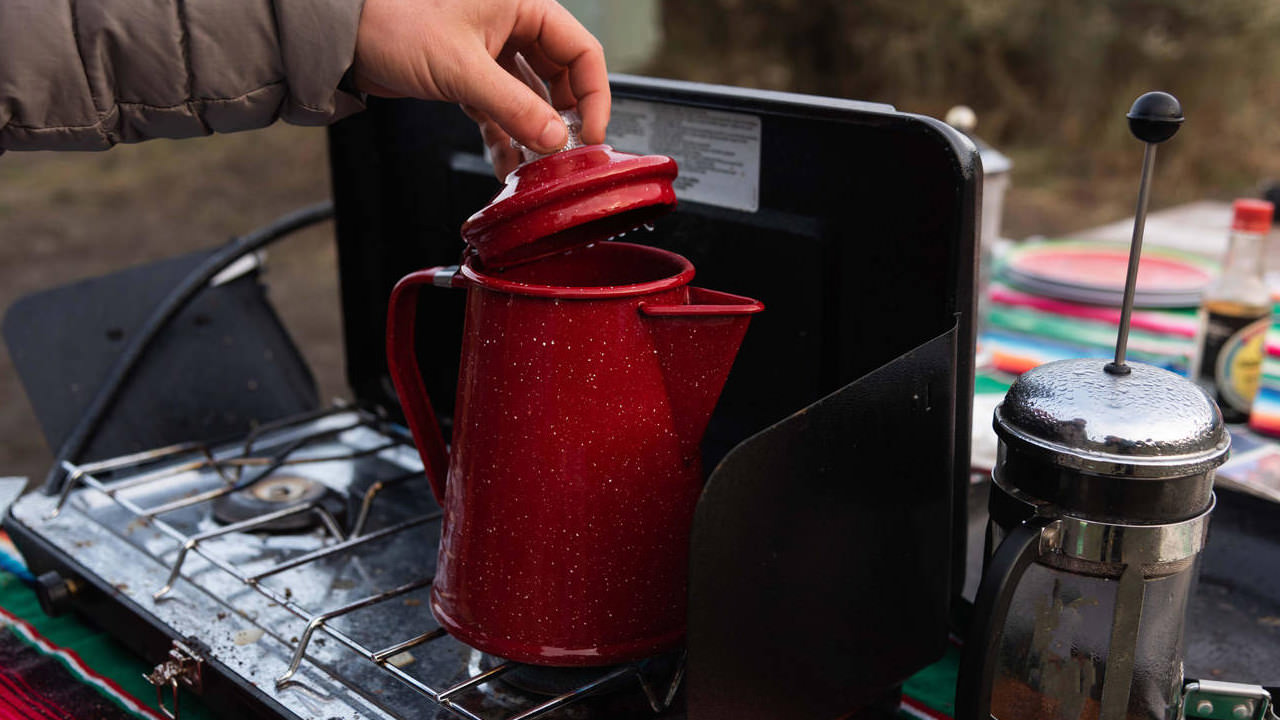
No campfire, no problem
Yes, roasting marshmallows over an open fire is a classic campsite tradition. But in western states, wildfires happen, and campfires are a leading cause. Keep Oregon Green is a statewide nonprofit that’s been working since 1941 to keep landscapes healthy and prevent human-caused wildfires. They advise campers to always check the conditions before heading out between June and October, since weather and wind conditions may prompt campfire restrictions or bans at your location.
How will you know if there are fire restrictions where you are looking to camp? Always check in with the local agency (U.S. Forest Service, Oregon State Parks or another) to see if there are any restrictions, and plan accordingly. Weather conditions can change quickly, so make sure to check for the latest info at the Oregon Department of Forestry’s handy interactive map.
If you do go camping during a campfire ban, it means that rather than roasting your marshmallows (and hot dogs) over an open flame, you may get to take your campout to the next level with a camp stove and a tasty s’mores-inspired recipe (sans campfire) to get your fix of a classic outdoor treat.
“You can still go to your favorite recreation spot, have that quality family time, go fishing, hiking and trail riding, tell ghost stories in the evening. But when comes time to cooking the meal, use a camp stove instead,” assures Kristin Babbs, president of Keep Oregon Green. Ask an expert at your local outdoor retailer for the best type of camping stove for your needs.
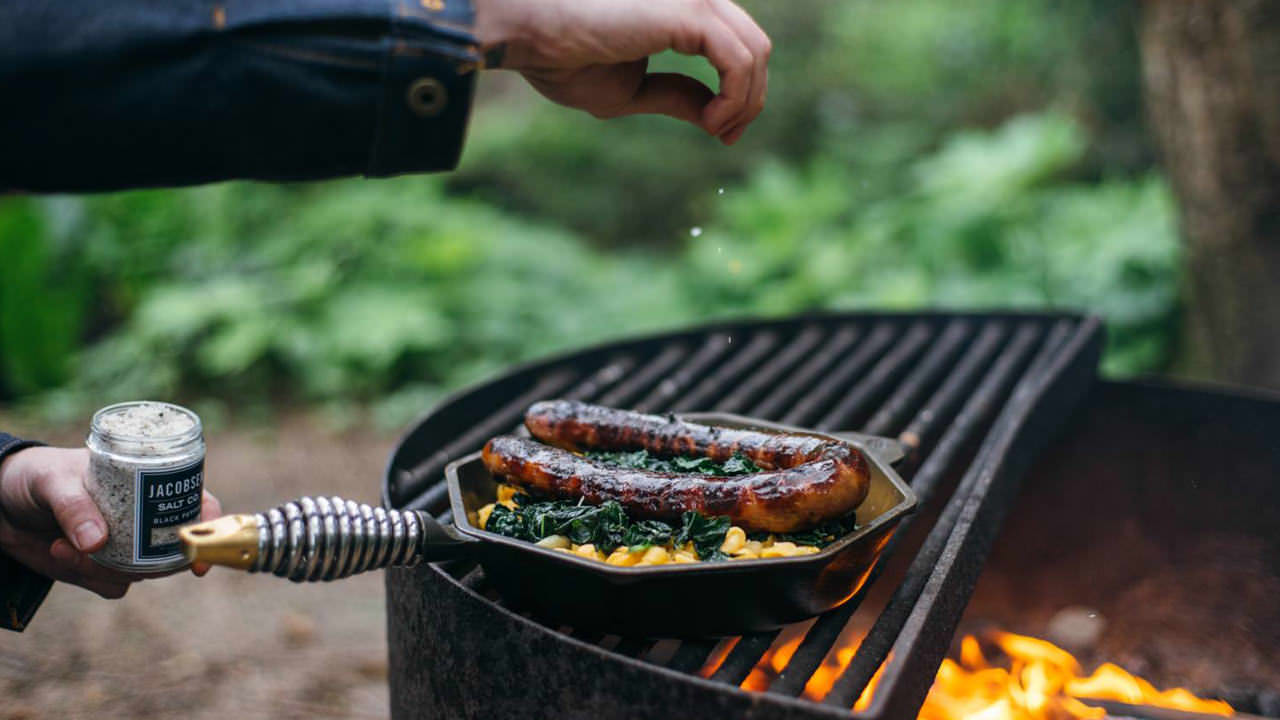
Buckets, shovels and camp stoves for the win
From tents and sleeping pads to lanterns and folding chairs, going camping means packing all sorts of gear and tools. If campfires are permitted at your site, Babbs recommends that campers add two more items to their list: a collapsible shovel and a 3.5-gallon bucket (the small household type, used for car washing and house cleaning).
“I pack a lot of my small camping gear items in that bucket — it’s a very hardy durable travel tote” for everything from food to toys, and the bucket can double as a camp stool, says Babbs. “Empty the bucket, fill it with water, secure it with the lid and it becomes a fire extinguisher. You’ve got the tools you need to drown the embers [with water] when you’re done, stir the coals with the shovel [to make sure it’s all wet, since embers ash and wood debris often maintain heat and embers], drown it again and make sure it’s completely out.” After extinguishing a campfire, the rule of thumb is that “If it’s too hot to touch, it’s too hot to leave.” Keep drowning the embers to cool as many times as needed.
When it comes to meals, one other camping investment that will bring a ton of outdoors cred is a simple camping stove and cookware. Portland-based Finex Cookware makes a great cast-iron pan and Dutch oven — both widely popular for group camping. Check out their inspired, glamping-ready stovetop recipes.
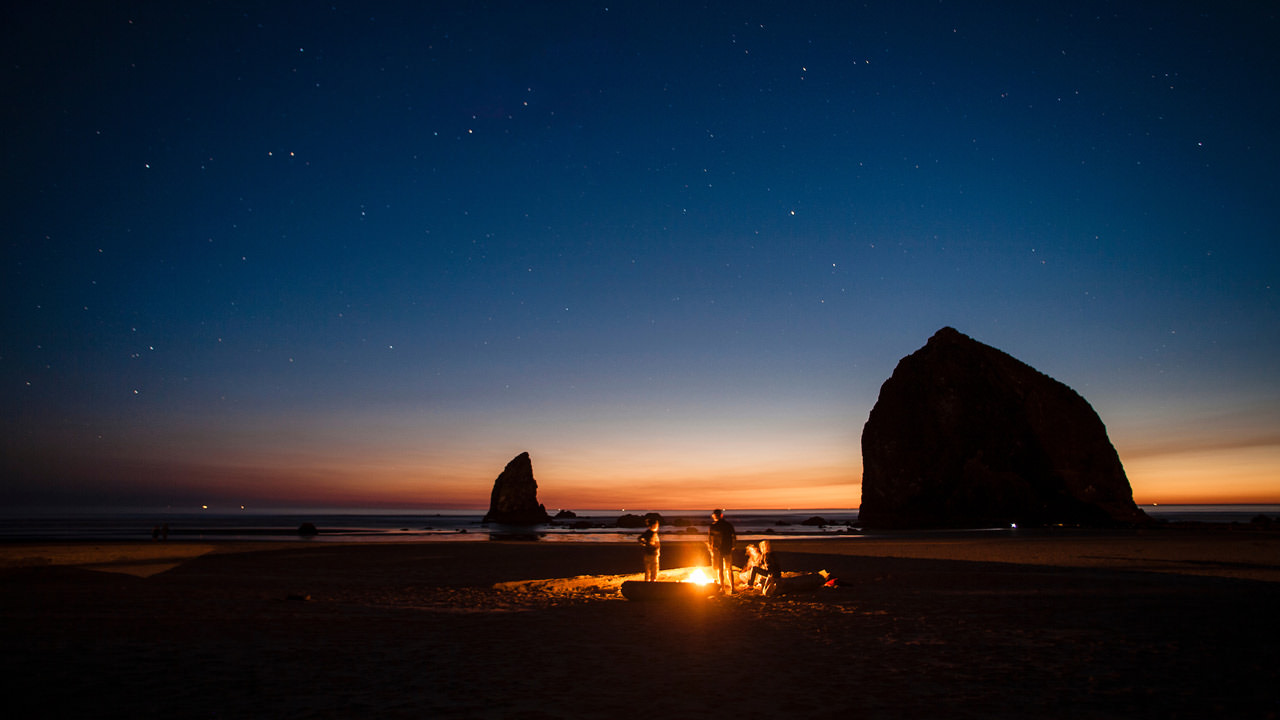
Firewood and building your campfire
Pros know that campfires in Oregon should only be built in existing rings within designated campgrounds. Campfires are typically allowed in these types of sites because there is a fire-safe buffer, free of ignitable vegetation, around the campfire pit.
For beach campfires, there may not be a fire ring but look for open sand, away from driftwood or vegetation. And, again, keep a bucket of water nearby to extinguish the fire. Covering a fire with sand will just insulate the coals and pose a danger to barefoot beachgoers or reignite in windy conditions and potentially start a wildfire.
It’s smart to plan ahead for firewood. The rule of thumb is to buy it where you’ll burn it — in other words, look for the campground host or local on-site store. Firewood can carry insects and disease that can threaten native species, so just like your produce, it’s smart to keep your firewood local to keep the forests healthy.
When building a campfire, remember that this isn’t a bonfire — keep the fire small and contained, add the wood in small amounts, and monitor it at all times. That means it should be out even if you’re just going for a short walk. “What’s at risk for campers is the ability being able to come back and enjoy their favorite camp spot for years to come,” says Babbs. “We all want to keep those areas of our forests green for future generations.”
If you go:
Love the outdoors as much as we do? Check out Oregon’s new Smokey Bear vanity license plates, available at local DMVs as of Aug. 1, 2019 to celebrate the famous bear’s 75th birthday.
Ready to get outside? See How to Book a Last-Minute Camping Trip for inspiration, Oregon Camping 101 for the basics, and What You Need to Know About Wildfires for more trip-planning ideas and important information.
